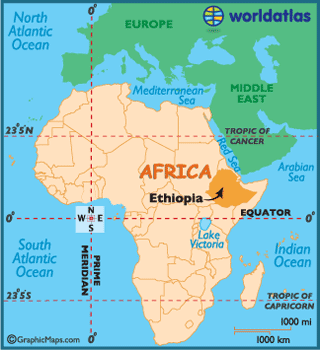Infrastructure contributed 0.6 percentage points to Ethiopia's annual per capita GDP growth over the last decade. Raising the country's infrastructure endowment to that of the region's middle-income countries could add an additional 3 percentage points to infrastructure's contribution to growth. Ethiopia's infrastructure successes include developing Ethiopia Airlines, a leading regional carrier; upgrading its network of trunk roads; and rapidly expanding access to water and sanitation.The country's greatest infrastructure challenge lies in the power sector, where a further 8,700 megawatts of generating plant are needed over the next decade, implying a doubling of current capacity.
The transport sector faces the challenges of low levels of rural accessibility and inadequate road maintenance. Ethiopia’s ICT sector currently suffers from a poor institutional and regulatory framework.
Addressing Ethiopia's infrastructure deficit will require a sustained annual expenditure of $5.1 billion over the next decade. The power sector alone requires $3.3 billion annually, with $1 billion needed to facilitate regional power trading. That level of spending represents 40 percent of the country's GDP and a tripling of the $1.3 billion spent annually in the mid-2000s. As of 2006, there was an annual funding gap of $3.5 billion. Improving road maintenance, removing inefficiencies in power (notably underpricing), and privatizing ICT services could shrink the gap.
But Ethiopia needs a significant increase in its already proportionally high infrastructure funding and careful handling of public and private investments if it is to reach its infrastructure targets within a reasonable time.
Author: Foster,Vivien; Morella,Elvira. Document Date: 2011/03/01. Document Type: Policy Research Working Paper.Report Number: WPS5595. Volume No: 1 of 1


No comments:
Post a Comment
prueba